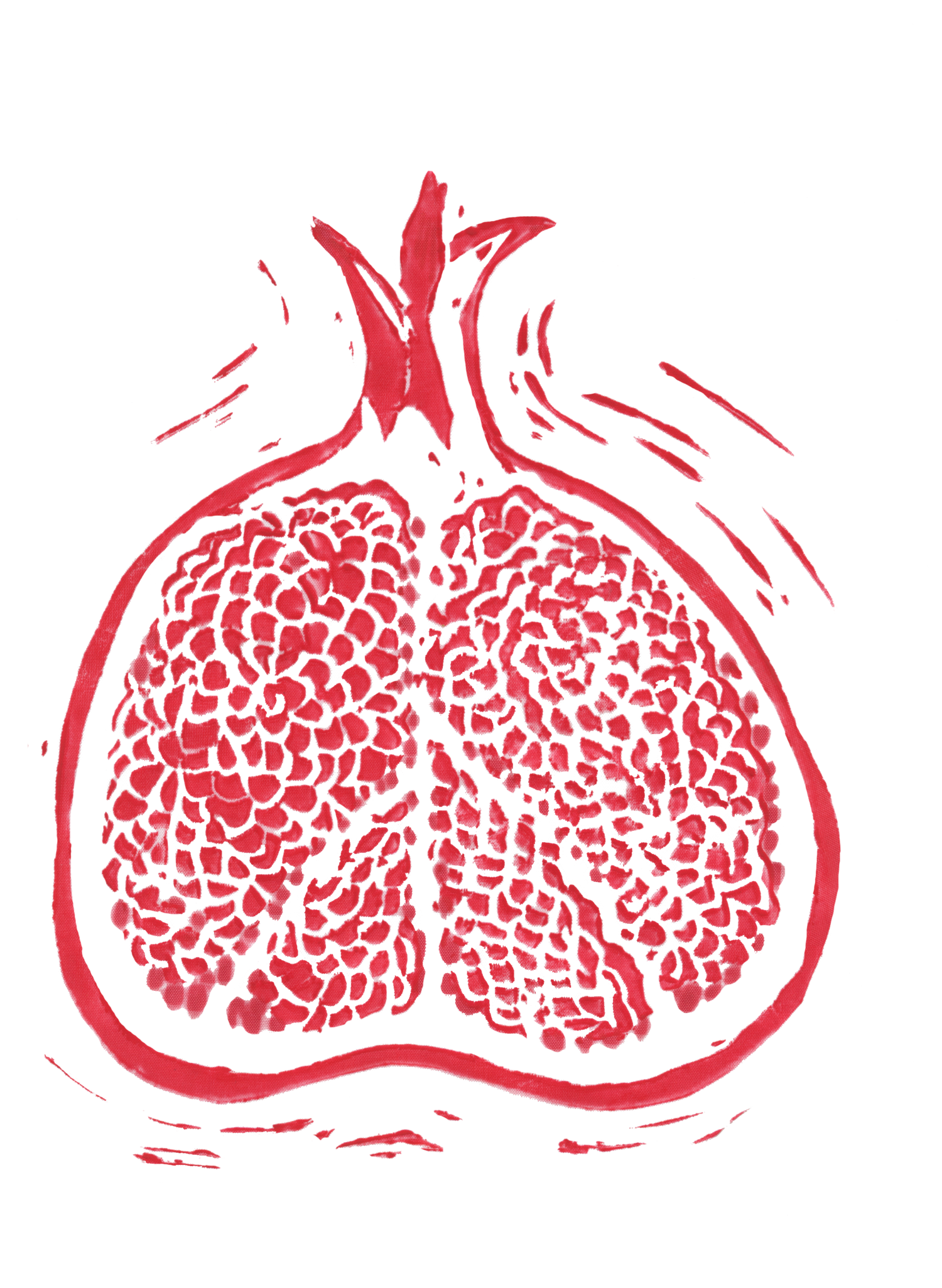Persephone
Rising
Rochelle’s Workshop
November 15, 2019
Shadowlands Theatre
26 Noble Street, Toronto, ON
"Is there a story emerging in our movements, on par with the one we seek in words?" –Jackie
While working on a domestic violence exhibit for the Irish Museum of Modern Art, community arts facilitator and printmaker Rochelle Rubinstein realized the poignant power of marrying art and activism. Desiring to bring this dynamic to the Persephone Project, Rochelle designed a workshop that would bring the weaving of words and ideas into the material world with thread, cloth, and ink. Her objective, constructing a practical and poetic life-sized Persephone puppet, required us to do something that none of the previous workshops had requested: to think with our hands.
The workshop took place in the Shadowland Theatre studio in downtown Toronto. Anne Barber, Shadowland’s creative director, presented us with a basic structure for a large puppet: a papier-mâchéd, two-sided cardboard head (one side asleep, the other awake) atop a simple metal and wood armature. Rochelle provided dozens of block printed images in black ink on flag material. Carefully chosen with Persephone in mind, these images served as the pieces that would breathe life into our puppet: pomegranates, bees, lungs, keening women, water, fish, animals, and hands. Sequoia, Shadowland’s General Manager, provided assistance and technical advice.
After some discussion, we decided to create four fabric panels to serve as Persephone’s ‘body,’ each panel representing one season, with images wandering between them to represent the merging seasons of our own in-crisis world. We divided into groups, selected prints that worked together narratively, pinned and then sewed them on to the fabric panels. As we worked, our needles began to mimic Persephone’s journey: down into the unknown and back again, descending and ascending with each new stitch. Words like “ground,” “reap,” “listen,” “root,” “yield,” “rise,” and “daughter” served as both challenges and balms, letting Persephone’s body carry stories that Homer would never tell.
When Anne hoisted up Persephone at the end of the day, we were struck by her presence, a whole that was bigger than the sum of its parts. Persephone appeared uncanny, mysterious, fierce, and ready to heed the charge stenciled on her skin: “Rise, Daughter, Rise.”
What do we want the purpose of this large puppet to be?
Where and when would she appear and what messages is she bringing?
What is possible when we embrace a corporeal, kinesthetic knowing, as we did when creating the Persephone puppet together?
In preparation for the workshop, we turned to a self-curated collection known as the “Persephone Archive of Inspiration” to immerse ourselves in Persephone’s myth from many different angles. This included classical adaptations from Homer and Ovid, musings on the Underworld from Martin Shaw, Anaïs Mitchell’s Broadway musical Hadestown, and a blog post from our own Andrea Most connecting many of these Persephones back to our project. We also looked at some intersections of art and activism, including “The Radicality of the Puppet Theatre” and “Bread & Puppet” by Peter Schumann and “Processions for Mother Earth: Scenes from a Flooded Summer” by Gabriel Levine.
Refining the Group’s Focus
During the first few home workshops, Andrea struggled with the connection between Persephone, whose story explains the creation of the seasons, and our research on “home.” She knew Persephone had something important to teach us but couldn’t yet articulate it.
During the first few workshops, group discussions circled — without our even realizing it — around the challenges and potential of Earth-based circadian and seasonal rhythms. Delving into the life and death of trees, the ecology of the night, planting and harvesting of our food, questions began bubbling up:
How do we respond to and honor the rhythms of the Earth?
What impacts do these rhythms have on our bodies, our homes and communities, the work we do, the food we eat, the kinds of stories we tell at different times of the day, month or year?
What are the impacts of obscuring, altering, undermining or ignoring these rhythms? What can we do, in an industrialized urban context in a time of climate chaos, to listen more closely to those rhythms? What remedies are necessary to restore balance?
When Andrea saw Persephone — with her four powerful seasonal panels — come to life at the end of Rochelle’s workshop, she finally understood why her story was so important. An investigation of Earth-based time would help us to narrow and focus our exploration of home through the lens of an ancient myth. In early 2020, with half of the workshops completed, we refined our research goal:
The Persephone Project studies the impact of seasonal chaos and 24/7 culture on all who make the living Earth their home. With Persephone as our standard bearer, we invent and re-imagine stories, rituals, and practices rooted in the rhythms of the Earth that can restore balance to the land that sustains us and the communities that call it home.
As happens in research projects, this step towards clarity gave rise to new questions. We wanted to know more about the role of seasonal mythology and tales of descent to underworlds in many cultures, and also more about Persephone and how others have been inspired by her story.
Hillary, a graduate student in the Department of English, joined the team to conduct this research. What she found quickly became a supportive creative and scholarly foundation for the group’s work.
“For months Persephone received and renewed the dead without ever resting or even growing weary.”
Lost Goddesses of Early Greece, p. 116





